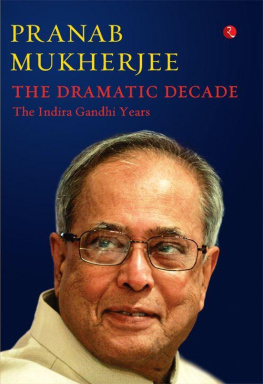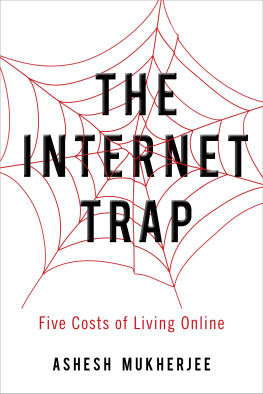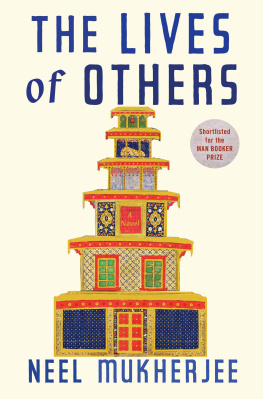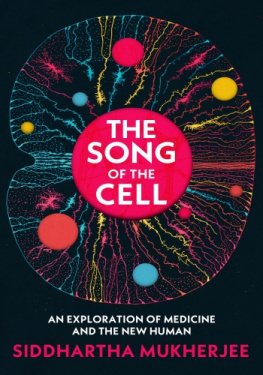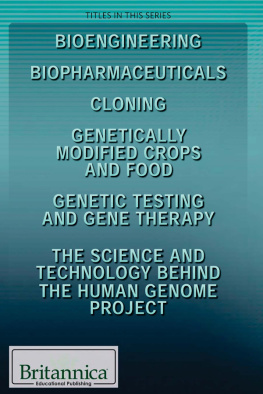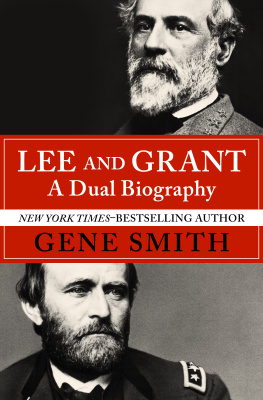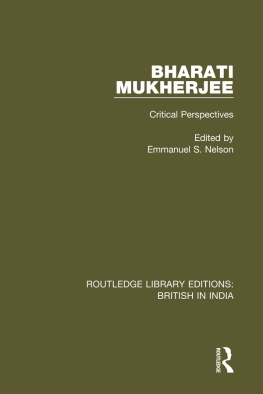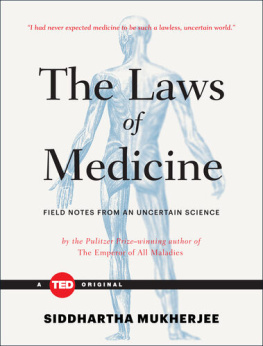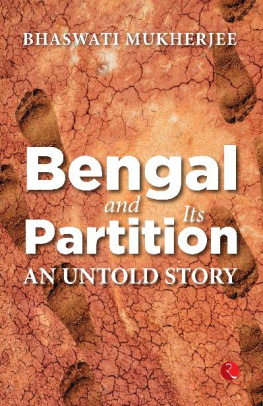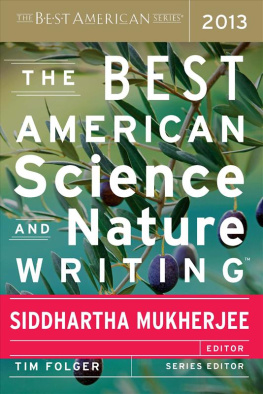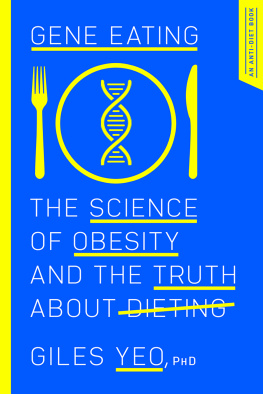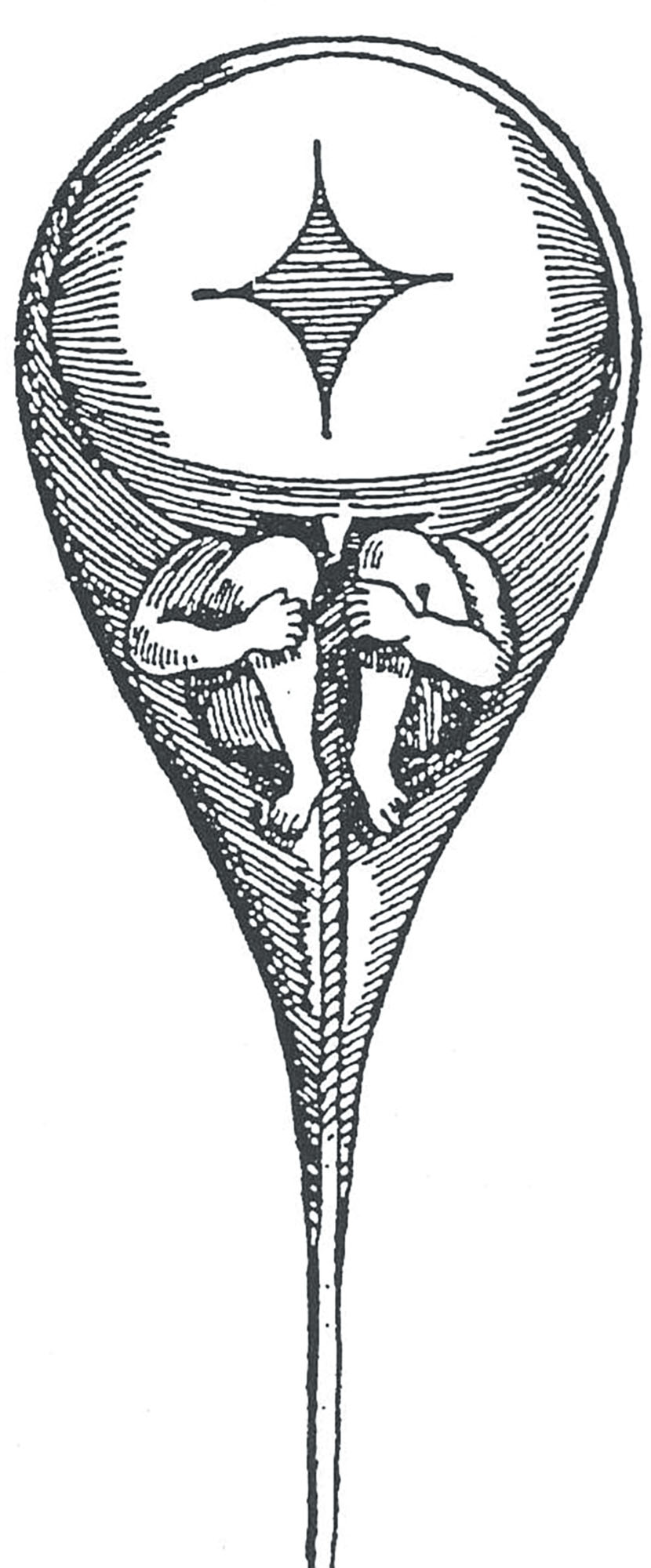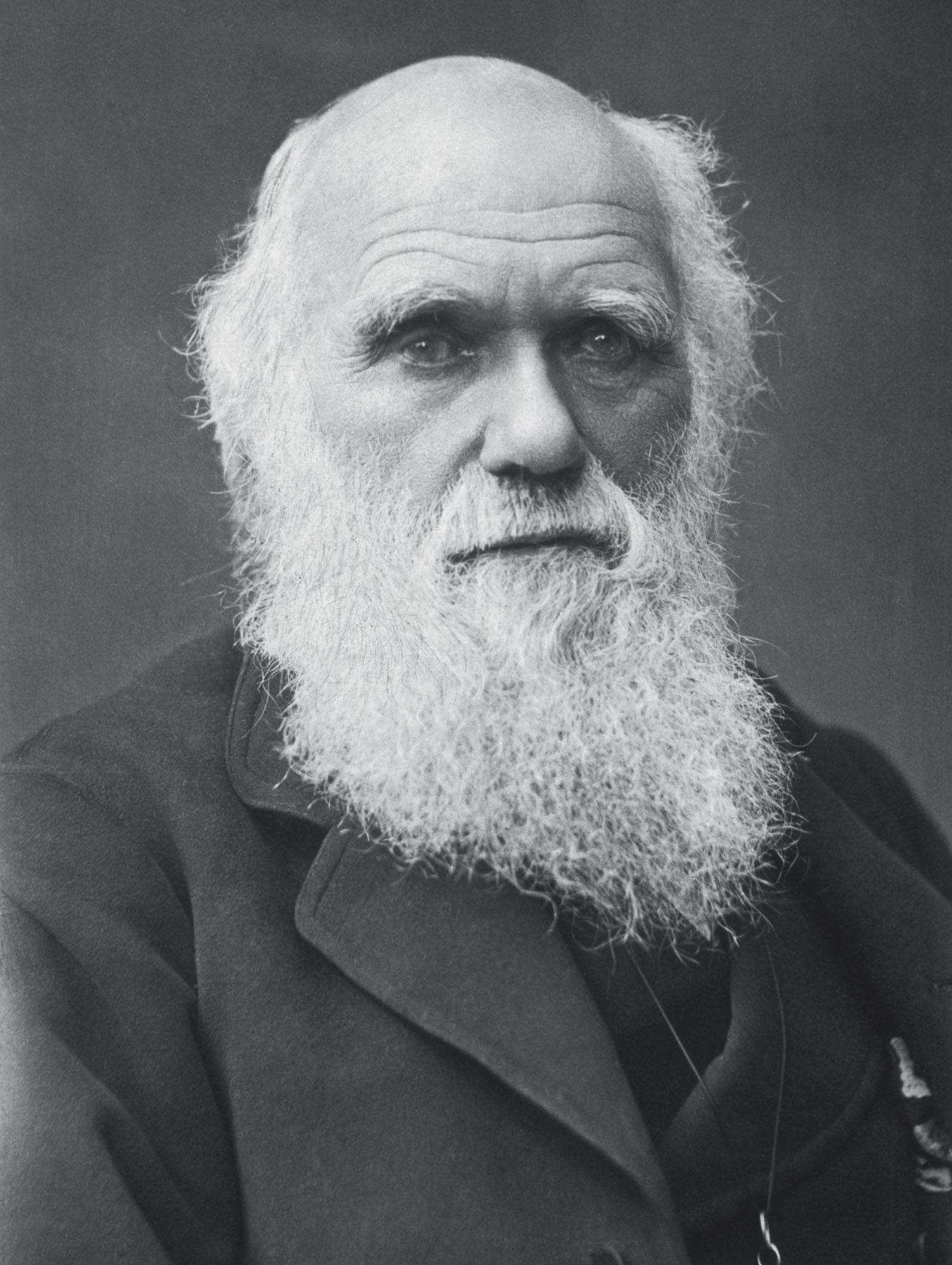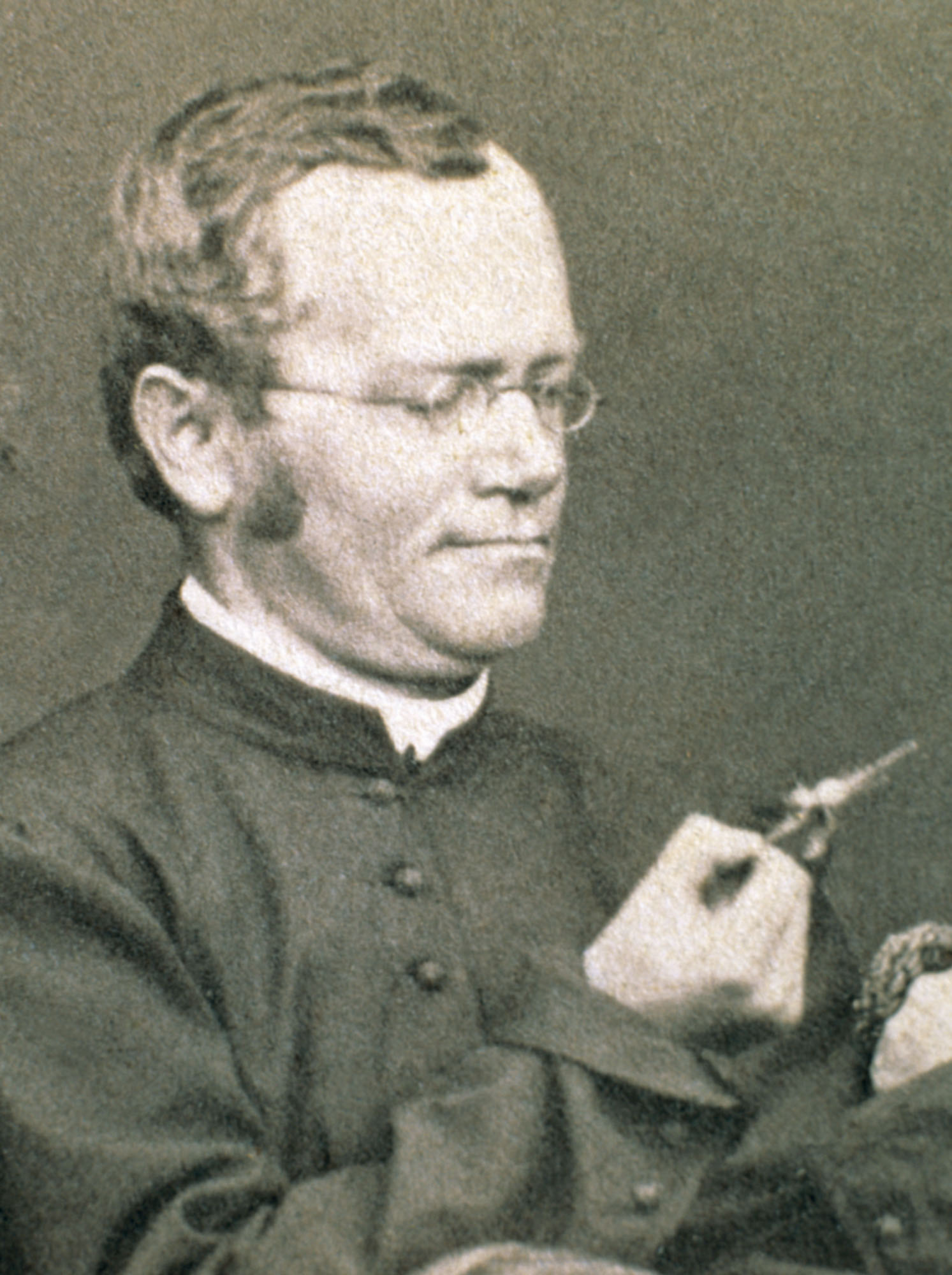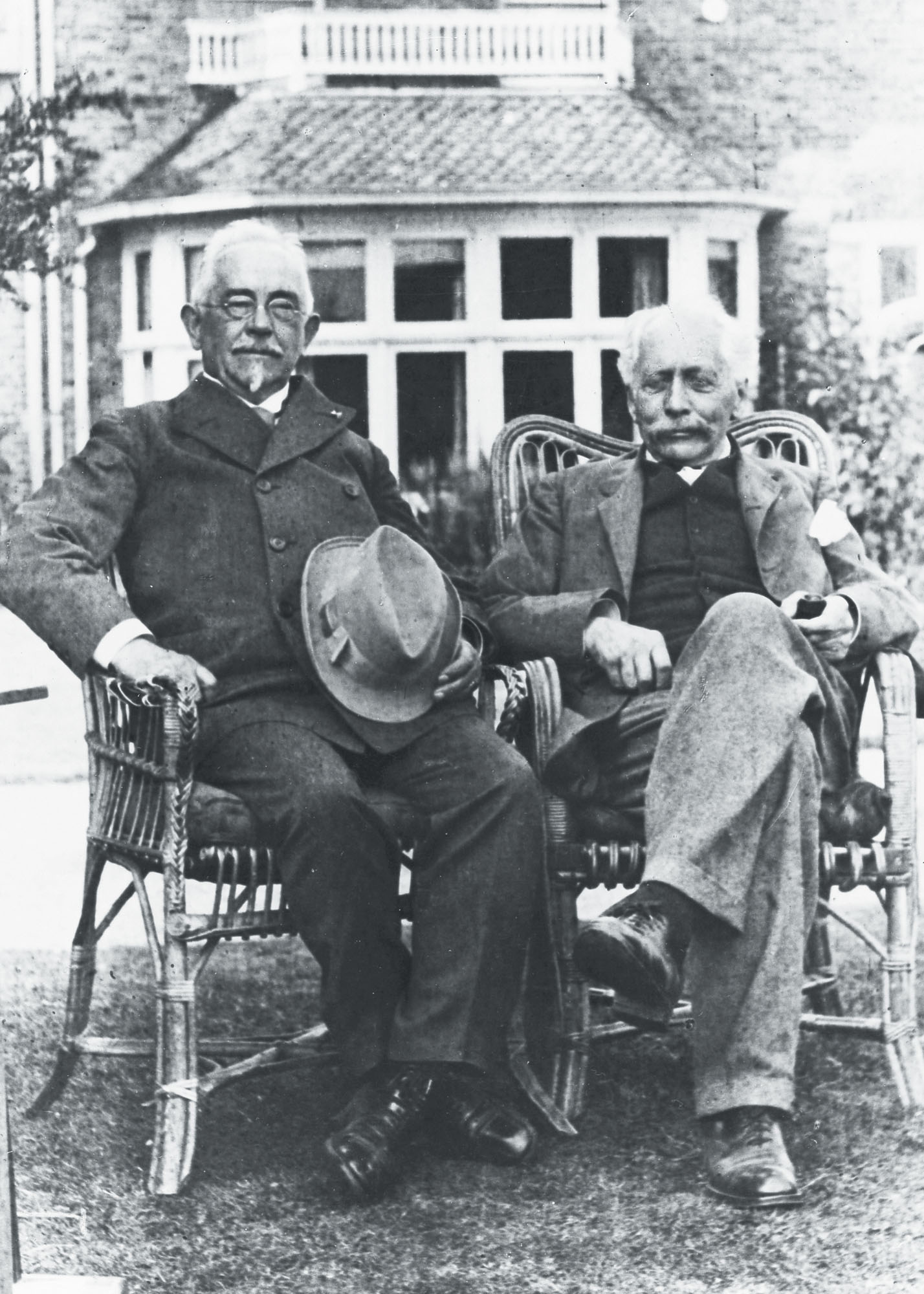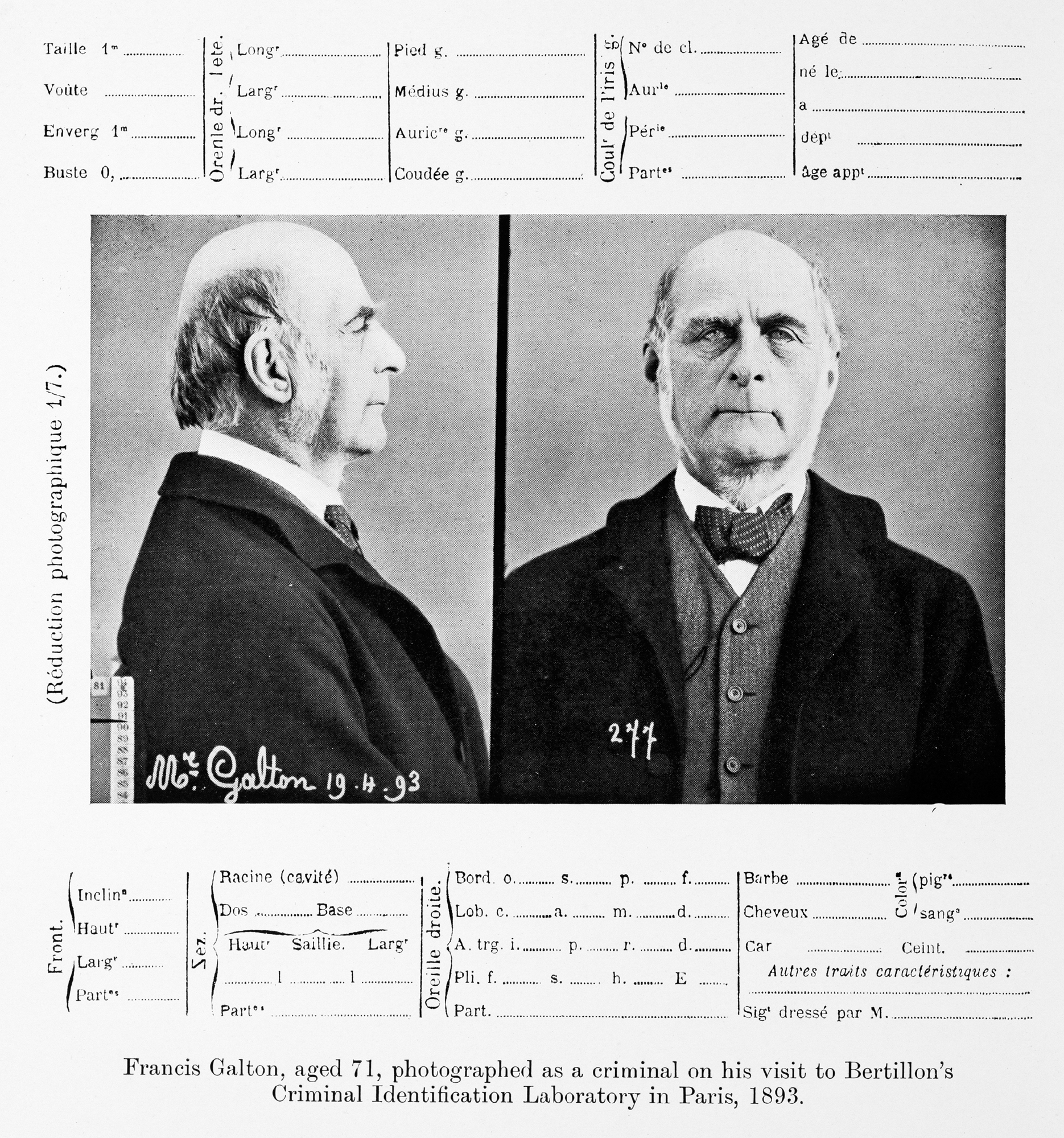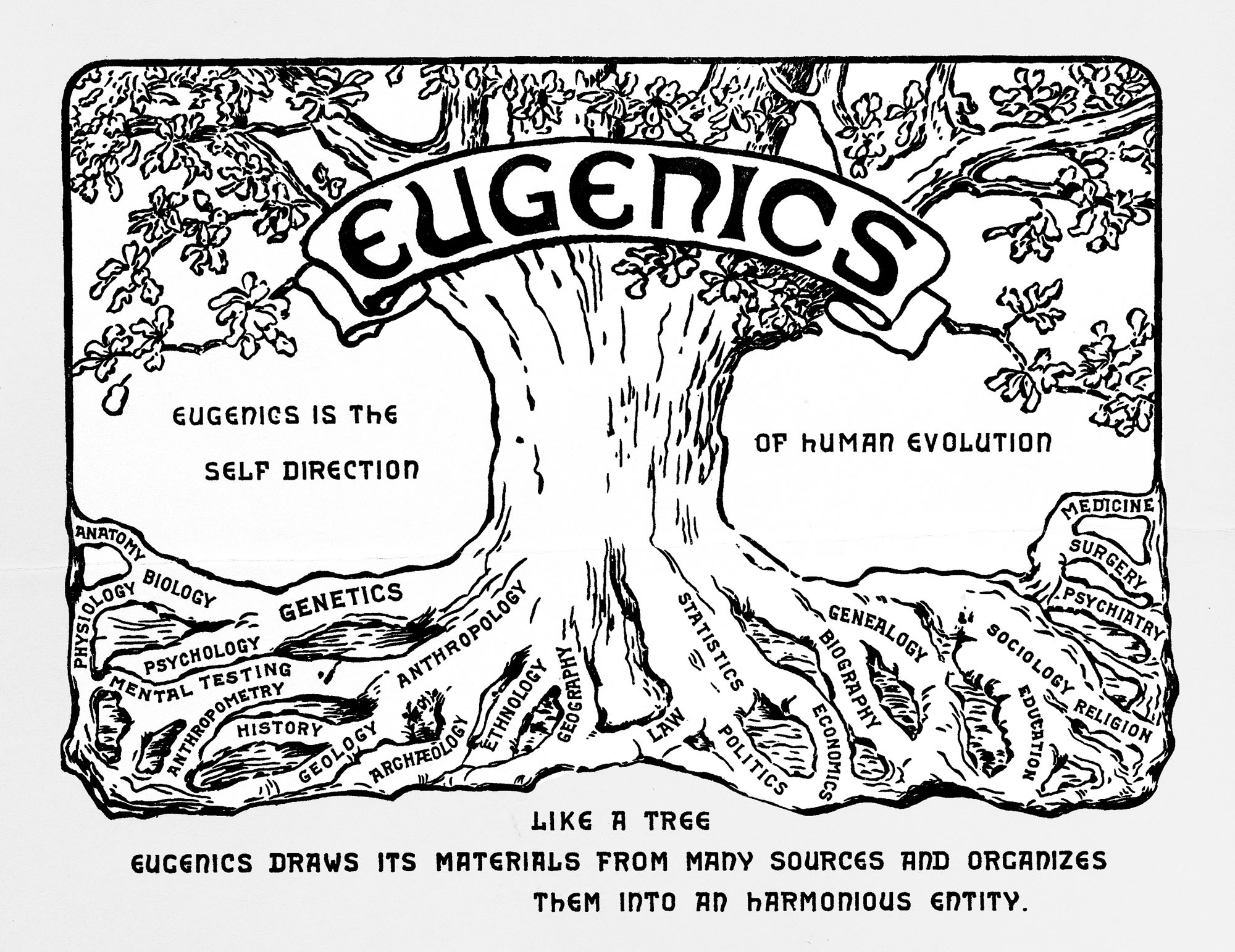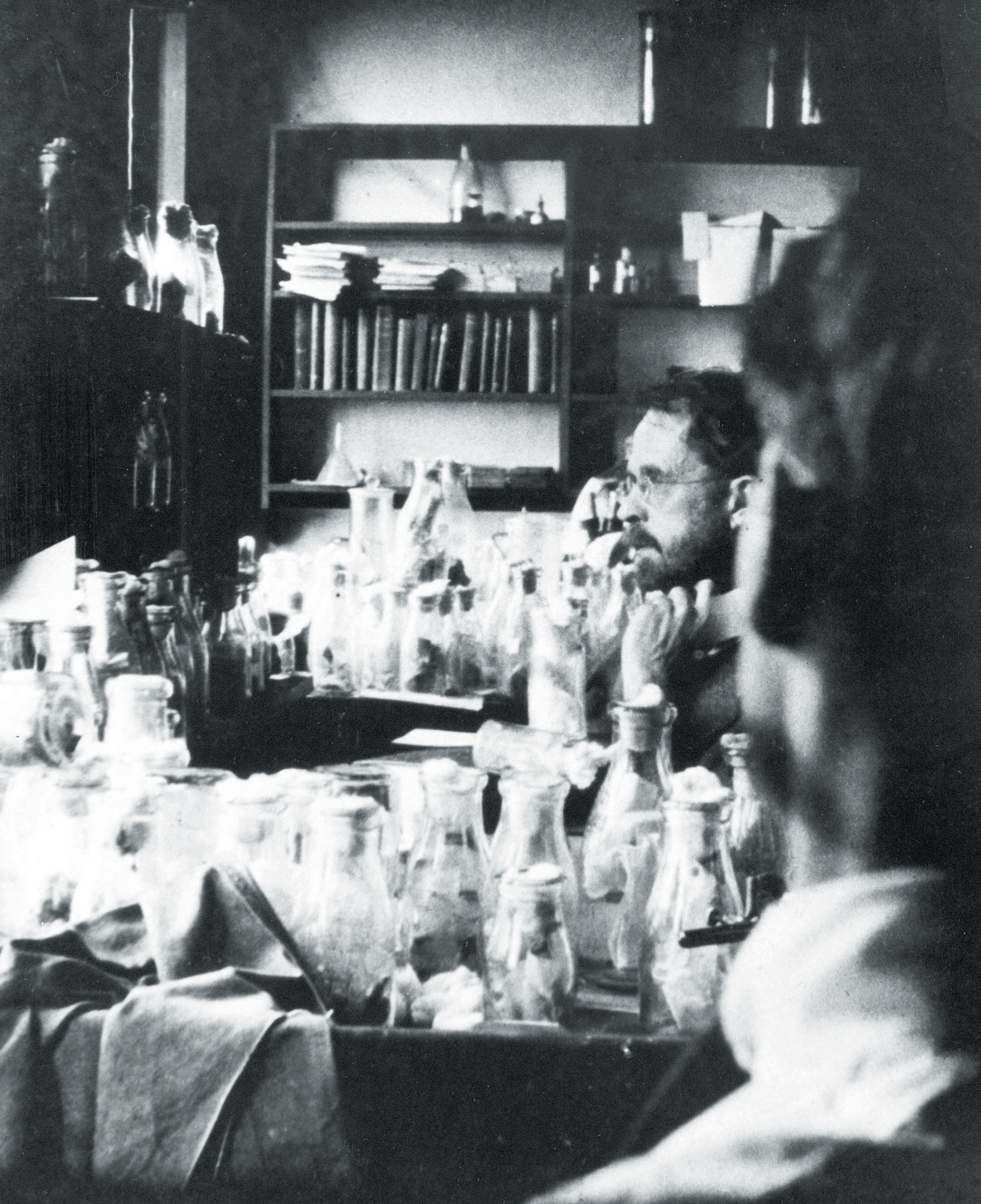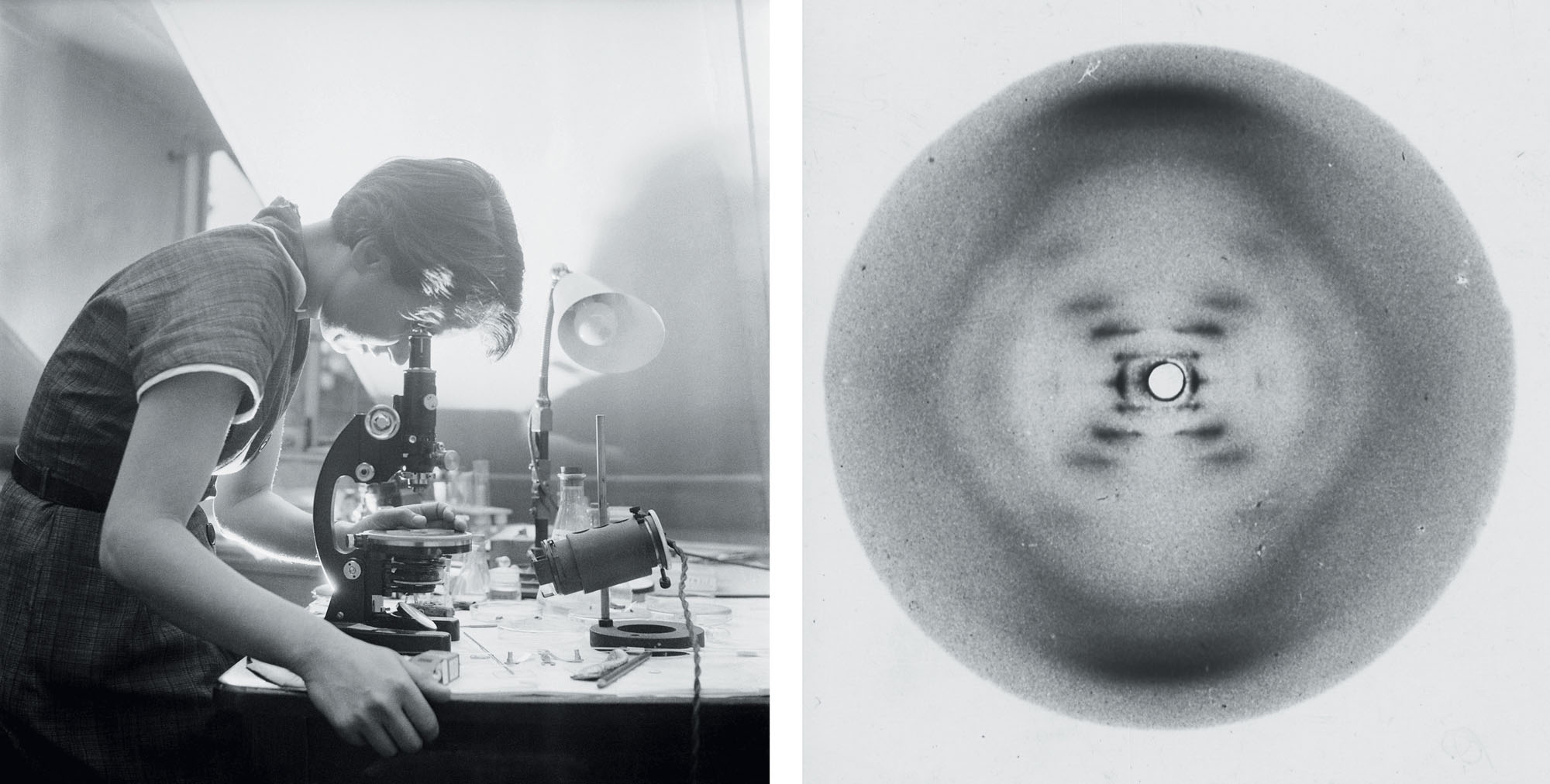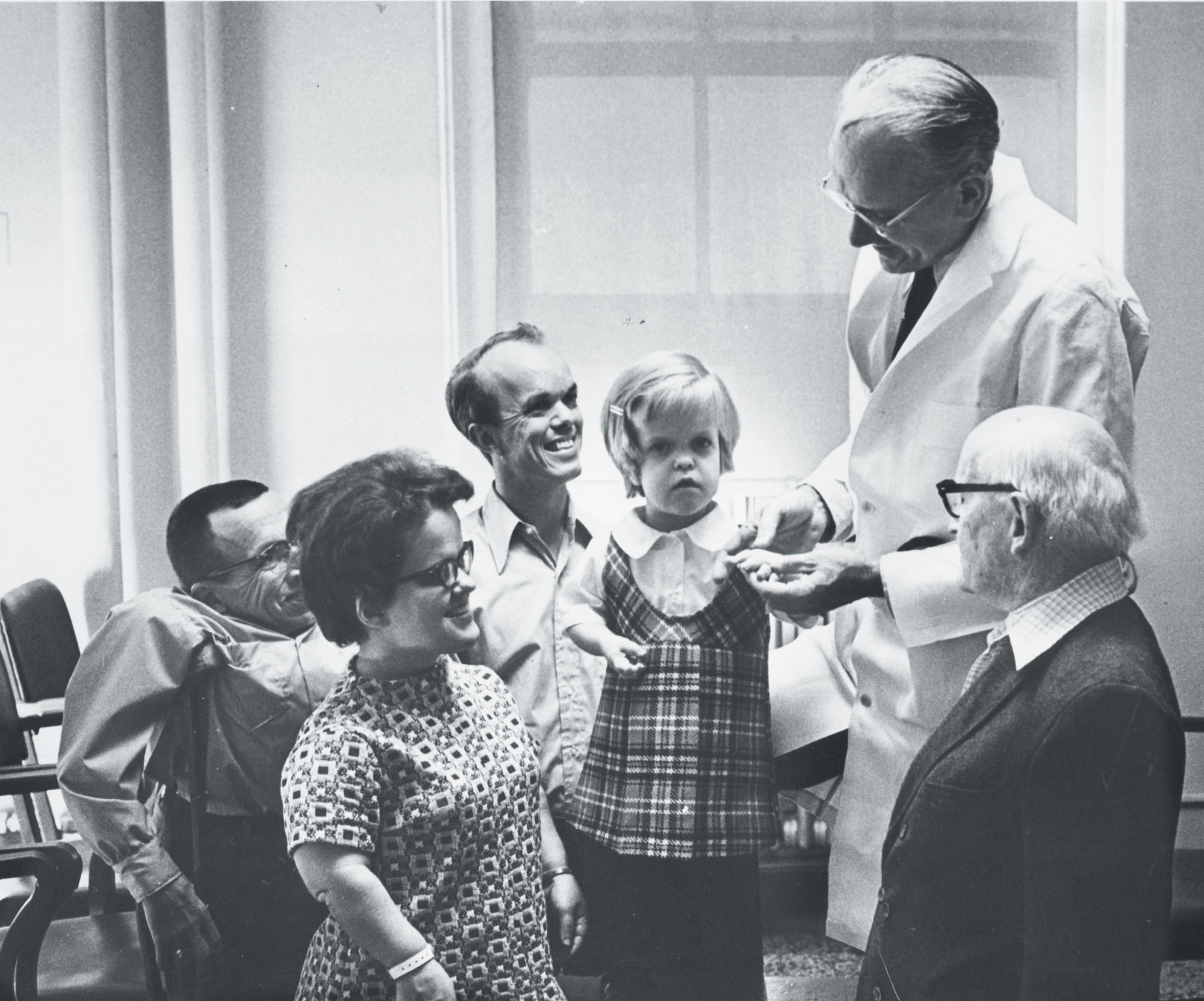This homunculus, wrapped inside human sperm, was drawn by Nicolaas Hartsoeker in 1694. Like many other biologists in his time, Hartsoeker believed in spermism, the theory that the information to create a fetus was transmitted by the miniature human form lodged inside sperm.
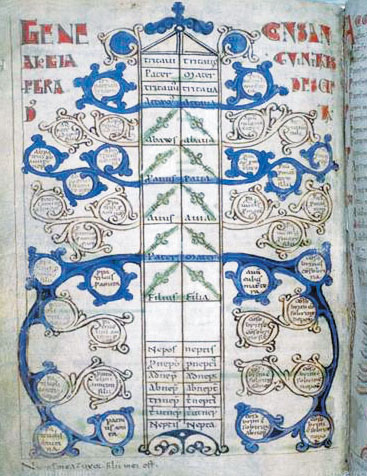
In medieval Europe, trees of lineage were often created to mark the ancestors and descendants of noble families. These trees were used to stake claims on peerage and property, or to seek marital arrangements between families (in part, to decrease the chances of consanguineous marriages between cousins). The word gene at the top left cornerwas used in the sense of genealogy or descent. The modern connotation of gene , as a unit of hereditary information, appeared centuries later in 1909.
Charles Darwin (here in his seventies) and his tree of life sketch, showing organisms radiating out from a common ancestral organism (note the doubt-ridden phrase I think, scribbled above the diagram). Darwins theory of evolution by variation and natural selection demanded a theory of heredity via genes. Close readers of Darwins theory realized that evolution could work only if there were indivisible, but mutable, particles of heredity that transmit information between parents and offspring. Yet Darwin, having never read Gregor Mendels paper, never found an adequate formulation of such a theory during his lifetime.
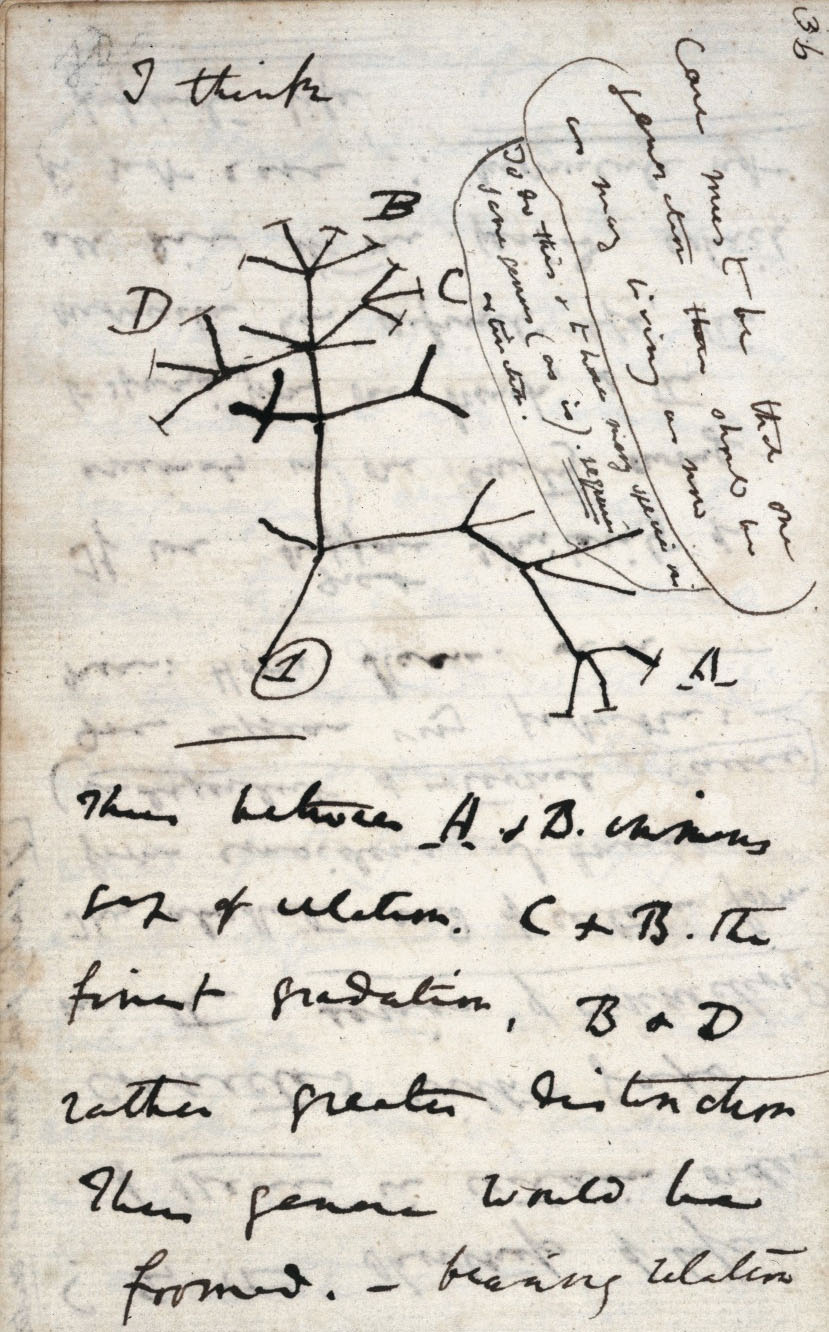
Gregor Mendel holds a flower, possibly from a pea plant, in his monastery garden in Brno (now in the Czech Republic). Mendels seminal experiments in the 1850s and 60s identified indivisible particles of information as carriers of hereditary information. Mendels paper (1865) was largely ignored for four decades, and then transformed the science of biology.
William Batesons rediscovery of Mendels work in 1900 converted him into a believer in genes. Bateson coined the term genetics in 1905 to describe the study of heredity. Wilhelm Johannsen ( left ) coined the term gene to describe a unit of heredity. Johannsen visited Bateson at his house in Cambridge, England; the two became close collaborators and vigorous defenders of the gene theory.
Francis Galtonmathematician, biologist, and statisticianput himself on one of his own anthropometry cards, in which he tabulated a persons height, weight, facial features, and other characteristics. Galton resisted Mendels theory of genes. He also believed that the selective breeding of humans with the best features would lead to the creation of an improved human race. Eugenics , a term coined by Galton for the science of human emancipation through the manipulation of heredity, would soon morph into a macabre form of social and political control.
The Nazi doctrine of racial hygiene prompted a vast state-sponsored effort to cleanse the human race through sterilization, confinement, and murder. Twin studies were used to prove the power of hereditary influences, and men, women, and children were exterminated based on an assumption that they carried defective genes. The Nazis extended their eugenic efforts to exterminate Jews, Gypsies, dissidents, and homosexuals. Here, Nazi scientists measure the height of twins, and demonstrate family history charts to Nazi recruits.
Better Babies contests were introduced in the United States in the 1920s. Doctors and nurses examined children (all white) for the best genetic features. Better Babies contests generated passive support for eugenics in America by showcasing the healthiest babies as products of genetic selection.
A eugenics tree cartoon from the United States argues for the self-direction of human evolution. Medicine, surgery, anthropology, and genealogy are the roots of the tree. Eugenic science hoped to use these foundational principles to select fitter, healthier, and more accomplished humans.
In the 1920s, Carrie Buck and her mother, Emma Buck, were sent to the Virginia State Colony for Epileptics and Feebleminded, where women classified as imbeciles were routinely sterilized. The photograph, obtained on the pretext of capturing a casual moment between mother and daughter, was staged to provide evidence of the resemblance between Carrie and Emma, and thus proof of their hereditary imbecility.
At Columbia University, and subsequently at Caltech University in the 1920s and 30s, Thomas Morgan used fruit flies to demonstrate that genes were physically linked to each other, presciently predicting that a single, chainlike molecule carried genetic information. Linkage between genes would eventually be used to generate genetic maps in humans and lay the foundation for the Human Genome Project. This is Morgan in his Caltech Fly Room, surrounded by the milk bottles in which he bred his maggots and flies.
Rosalind Franklin looks down a microscope at Kings College in London in the 1950s. Franklin used X-ray crystallography to photograph and study the structure of DNA. Photograph 51 is the clearest of Franklins photographs of a DNA crystal. The photo suggested a double-helix structure, although the precise orientations of the bases A, C, T, and G were not clear from it.
James Watson and Francis Crick demonstrate their model of DNA as a double helix in Cambridge in 1953. Watson and Crick solved the structure of DNA by realizing that the A in one strand was paired against the T in the other, and the G against the C.


